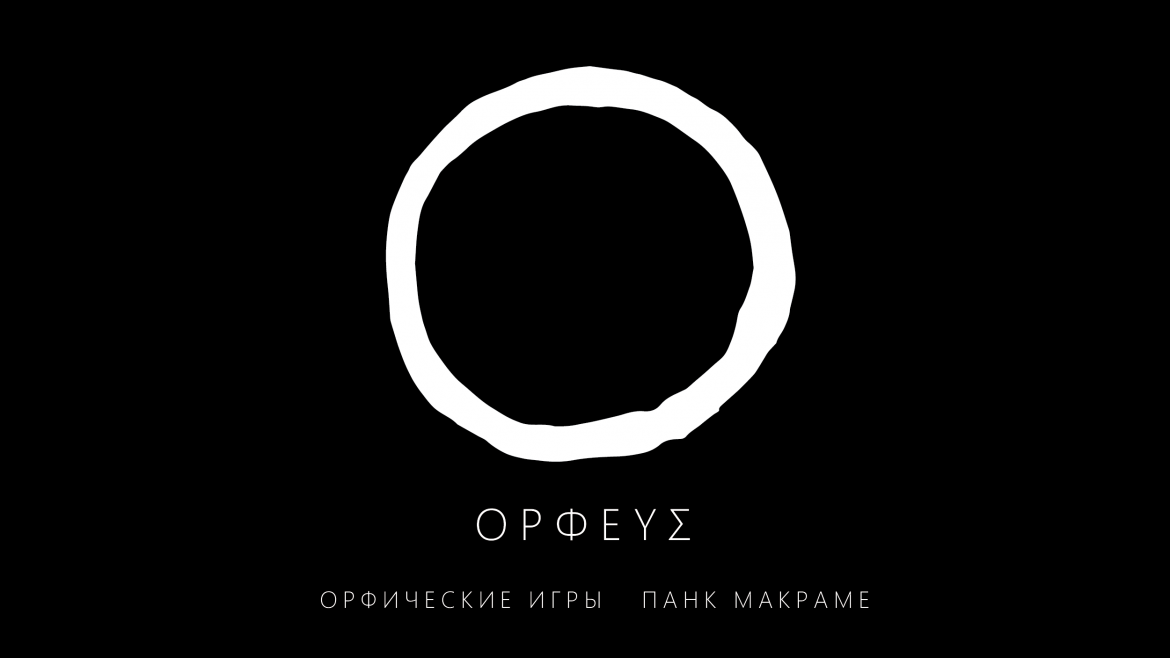
The open-circuited space of myth
A new-processual project of the Stanislavsky Electrotheatre on the basis of the myth of Orpheus, texts by Jean Anouilh and Jean Cocteau.
A unified torrent of 12 performances:
Day 1, Evening 1
Day 2, Evening 2
Day 3, Evening 3
Day 4, Evening 4
Day 5, Evening 5
Day 6, Evening 6
Approximate duration of daytime performances from 2 to 6 p.m.
Evening performances from 7 to 11 p.m.
100 participants
Isomorphism (from ancient Greek - ἴσος - "equal, identical, similar" and μορφή - "form"). Isomorphism is defined for sets endowed with some structure (for example, for groups, rings, linear spaces, etc.). In general terms it may be described as follows: an invertible mapping (bijection) between two sets endowed with a structure that is called an isomorphism if it preserves this structure.
A bijection is a mapping that is both surjective and injective. In bijective mapping, one element of a set corresponds exactly to each element of the other set, while an inverse mapping is defined that has the same property. Therefore, a bijective mapping is also called mutually identical mapping (correspondence), or one-to-one mapping.
The function
f : : X → → Y is called a bijection if:
1) It translates various elements of the set X into different elements of the set Y (injectivity). In other words,
• ∀ ∀ x 1
∈ ∈ X ,
∀ ∀ x 2
∈ ∈ X
x 1
≠ ≠ x 2
⇒ ⇒ f ( x 1
) ≠ ≠ f ( x 2
)
2) Any element of Y has its inverse image (surjectivity). In other words,
∀ ∀ y ∈ ∈ Y ,
∃ ∃ x ∈ ∈ X
f ( x ) = y
An injection in mathematics is the mapping of set X into set Y f : : X → → Y
whereby different elements of set X are translated into different elements of set Y, that is, if two images under the mapping coincide, then the preimages also coincide:
f ( x ) = f ( y ) ⇒ ⇒ x = y
Surjection (surjective mapping, from French sur - "to", "over" + Latin jactio - "I throw") is the mapping of set X to set Y f:: X → Y
whereby each element of set Y is the image of at least one element of set X.
Isorhythm (German: Isorhythmie) is a technique of composition in European polyphonic music of the 14th and 15th centuries, expressed in the ostinato holding of a rhythmic formula, regardless of the pitch.





